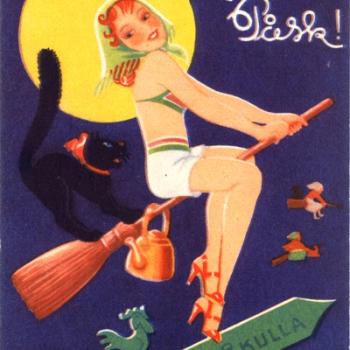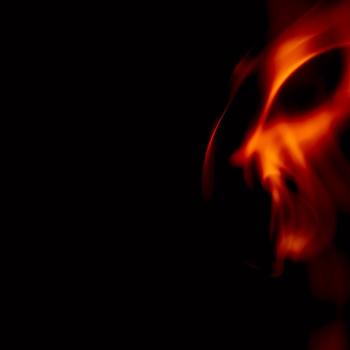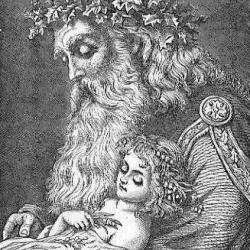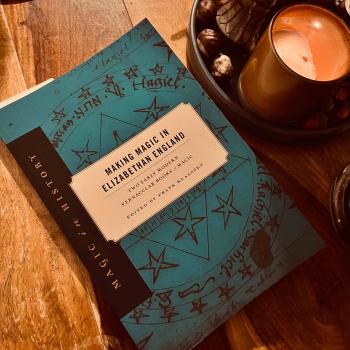Lady Day, 25th March
The first king reigneth in the east and is called Oriens, and … he appeareth with a fair favour and as a woman. (Harms, Clark and Peterson, 2015)
This curious description of the daimōn of the East, Oriens, from the Book of Oberon provides a fascinating insight into the genius of the easterly wind, which is found commonly throughout the grimoire tradition of the Middle Ages.
The O Antiphons are “Magnificat antiphons used at Vespers of the last seven days of Advent” (Wikipedia, O Antiphons). Most significant here is the Fifth antiphon, which addresses Oriens, the ‘Rising Sun’, or more frequently ‘Morning Star’. There is a lot to unpack here, not least of which is that the night upon which O Oriens is evoked is the 21st December, Midwinter and the traditional day of the Solstice as celebrated throughout the world by various traditions and peoples.
Firstly, the significance of the number five must be addressed as shaping the pentagram, the eternal symbol of witchcraft and magic, sometimes corresponding to the deific planetary forces of Venus. Furthermore, we observe that the term Morning Star is a common epithet of Venus, arising as She does prior to the sun’s appearance upon the horizon. Indeed, the connection with Venus and the Sun as observable phenomena has captivated people throughout the history of religion and magics, from the earliest astrologers who looked to the stars. Symbolically, there is a strong tradition in the Western and Hermetic schools of thought that the Morning Star and Sun represent the emergence of the Light upon the world, analogous and characteristic of the Christos. Oriens, as the east, is synonymous with these immutable attributes, reflecting the rising of the light, either as the Sun itself, or the light of the star which precedes it and heralds the dawn.
In each of the correspondences discussed so far, it is impossible to avoid the obvious force which presides here, recognisable in all its forms and applicable to Jesus, as well as Venus. We are talking, of course, of Lucifer, the Light Bringer or Bearer. Indeed, within the grimoire tradition, it is apparent that Lucifer holds the position of Emperor over the spirits of this region, of which Oriens is but a regent.
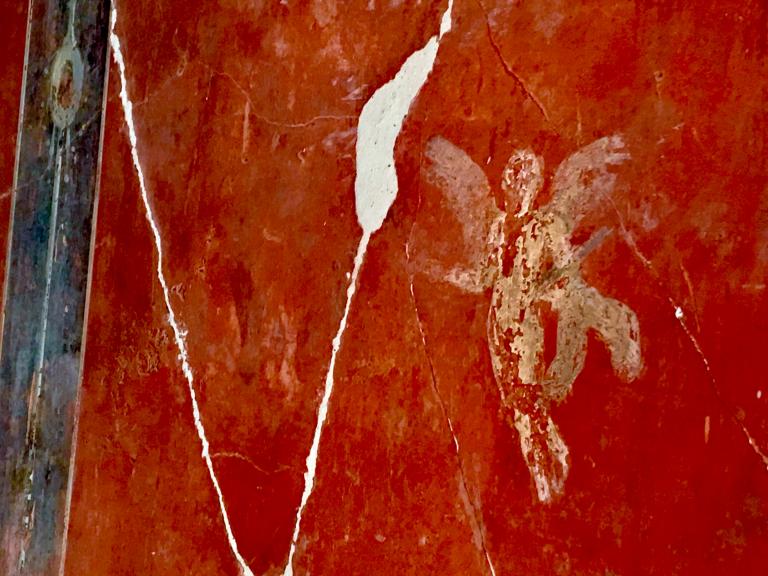
Within the craft espoused by Robert Cochrane (1931 – 1966), the ruler of the eastern winds is identified by the nomenclature Luci, often spelled Lucet. Indeed, in his writings, particularly to the Oxford Cunning Man Norman Gills, Cochrane discusses this angelic force with Mercurial aspects reminiscent of that Luciferian aspect as the quickening agent, mischievous and “visualised as a bright golden light moving quickly”(Cochrane and Jones, 2002) with wings of flame and an abode surrounded by fire. Rather tellingly, he further acknowledges this spirit as the ‘Divine Child’, and the association of the mythopoetic Christ Child is confirmed, as it is in more ancient Biblical texts where Jesus is identified both as Morning Star and bringer of Light.
Lady Day (25th March), then, is founded in the region of Oriens, as mask and regent of Luci(fer), the real ruler of this kingdom, Lord of Light who carries it into the world. However, it is a feminine day and we see the androgynous nature of Lucifer here when the grimoires observed, empirically we assume, that he “appeareth with a fair favour and as a woman.(Harms, Clark and Peterson, 2015)
That the O Antiphons hails Oriens upon the eve of the Solstice at Midwinter is pertinent as we refer to Cochrane’s identifying that Luciferian energy of the eastern dawn with the Divine Child. Whilst Oriens belongs properly to the Kingdom of the East, from where the Morning Star ushers in the light, it is apt that the first budding occurs in the depth of the dark.
O Morning Star,
splendour of light eternal and sun of righteousness:
Come and enlighten those who dwell in darkness and the shadow of death.
By Lady Day, we see the marriage of the masculine and feminine principles of Venus, which has historically been seen as both male and female – most obviously as the conjoining of Hermes and Aphrodite (Mercury and Venus) in hermaphrodite. In this manner, we see both the forces of Mercury and Venus married as one, the dualist nature subsumed in the One.
Until the adoption of the Gregorian Calender in Britain, 1752 CE, Lady Day marked the first day of the new year. This further enhances the mythopoetic correspondences discussed so far when we consider that, traditionally, the light that rises in the east is born and borne by the light bearer, seen in both Venus and Mercury.
Within medieval Britain, Lady Day was a feast dedicated to the Virgin Mary, herself an aspect of Venus as stella maris, Star of the Sea and with many corresponding attributes. Importantly, Lady Day is the Feast of Annunciation, that is the time when the Angel Gabriel reveals to Mary that she will bear the Divine Child.
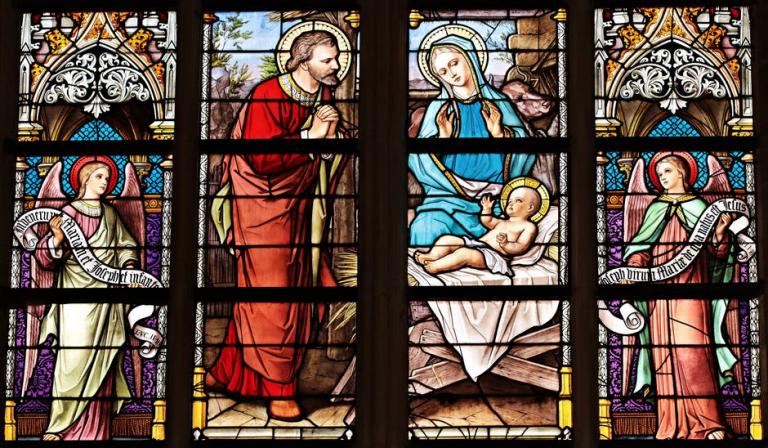
There are several points of significance here as we note that Gabriel (Man of God) is the angel of Revelation, opening the hearts of prophets with words of God. In occult correspondences, Gabriel is associated with the moon, water and the sephirah, or emanation upon the Tree of Life, Yesod. Another point of note is that, in the Biblical narrative, Gabriel actually announces that the babe has been conceived in her womb with the words Ave, gratia plena, Dominus tecum1(Luke 1: 28). This “angelic salutation” asserts that the Venusian Mary is filled with grace, meaning divine Love and Virtue, and thereby is the bearer of the Child of Light. It is unclear whether the sentence, ‘the Lord is with thee’ indicates that God the Most High has conceived a child in her, or whether the meaning is that the Lord Jesus is within her. In point of fact, it is likely that both or true and that it is part of the mystery.
For the exploration of this mythic feast, we can begin to draw the threads together and see how the virginal maiden becomes one with the Lord, at one in erotic unio mystica. Mary becomes identified as the Bride of God filled with the Holy Spirit, enabling her to incarnate that other aspect of the Trinity, Christ the Son. Within the mystery of the Holy Trinity, it is the Holy Spirit which makes its home in Mary in order that the Father may manifest their Son. The Holy Spirit has been symbolised by a descending dove among Christian tradition, and this is an important symbol of our thesis. This very dove is the symbol of Ishtar, the ancient Venusian deity and patron of the hoary Sumerian city of Ur.
It is noteworthy that the Gospel writers use the word Peristara for dove, which means Ishtar’s bird. Ishtar was the goddess of love and usually portrayed as a dove. (Schipflinger, 1998)
Symbolic of Ishtar, the dove represents the descent of the heavenly spirit in erotic unio mystica, anciently possessing a sexual element. In terms of Mariology, this neatly brings us to the Annunciation, or Lady Day, whereby the Holy Spirit (which is identified as the feminine aspect of the Triune Godhead), is resident with Mary that she may bear the Divine Child, possessing a sexual nature of conception. The Middle High German poet, Priester Wernher2, in the 12th Century wrote of the life of Mary, drawing form apocryphal source material. As the Bride of God, Mary at the Annunciation represents the mystery of the cosmic union of heaven and earth:
Then, as the Scriptures tell us, heaven leaned down to earth. This happened when our mistress embraced him with her virginal body. She who never became a woman is designated by the earth, which unified itself with heaven, even with the lord of heaven, in just this way. (Keller, 2001)
We see here at least how some thought in the Christian Middle Ages of Europe reflected upon the nature of the Annunciation and its mystery. It is interesting to note that Priester Wernher’s contemporary Christian mystic with a keen eye for the divine feminine, Hildeberg von Bingen, was making similar observations.
Christian Calendar Computations
During the formative days of Christendom, when various councils ratified the doctrine that we know as the church today, there was much discussion and speculation over the exact day of the birth of Jesus. Whilst it was acknowledged that it was unlikely the 25th December, the date finally settled upon, there was a date that was explicitly stated in the first centuries of the Common Era as the conception of Christ, as well as the first day of creation itself. Pseudo-Cyprian, in a work dated to 243 CE, De Pascha Computus, argued the date of the crucifixion was 25th March, as did Tertullian of Carthage and Hippolytus of Rome, all contemporaneously. Following the introduction of the Anno Domini calender by Dionysius Exiguus, March 25th was elected the first day of the year, calculating that Jesus’ conception took place on the 25th March 1 BC, the implication being that nine months later, Jesus was born on the 25th December 1BC and the commencement of Anno Domini would occur on the 25th March, New Year’s Day. The implication is that early Christians in the first millennium held that Christ was conceived and died on the same date, meaning that Lady Day holds a very important position in the year.
For He is believed to have been conceived on the 25th of March, upon which day also He suffered; so the womb of the Virgin, in which He was conceived, where no one of mortals was begotten, corresponds to the new grave in which He was buried, wherein was never man laid…
Saint Augustine of Hippo (354 – 430)
So, the central themes for our myth incorporate those of Venusian and Mercurial aspects, the oneness of divinity in the hermaphrodite, the bearing of the light, a new dawn, a new year, as well as unio mystica, divine conception and divine death. The dual aspects of conjunction and separation, Life shadowed by Death, through divine love, are the prevailing currents. The descent of the Holy Spirit in a sacred sexual fulfilment, ‘heaven leaned down to earth’ in the embrace of creation, simultaneously designated as the moment of sacrificial death upon the rood, that ancient sacrifice of self to Self that is imperishable. The Light is conceived at this time, the seed held in the womb of the Mother of God, She conceiving of the Divine Child by the Grace of the Holy Spirit, Ishtar the sacred prostitute who refuses no man, fulfilled by Her consort who bears the light of the eastern horizon, heralding the dawn. He in whose rising is determined the end, just as all births initiate that inevitable conclusion for in Life there is Death. At the Crucifixion, the alchemical process of fixing the volatile takes place and the sacrifice ensures that the spirit takes root in the material, thus bringing about the Incarnation, foretold by the messenger of God(s), Gabriel, Mercury, who stands between the worlds at the threshold of the mysteries, psychopomp that follows the revelation of Annunciation with gathering home the souls of the departed. Here, at the point of conception and sacrifice upon the cross of the elements, we find the crucifix perfectly aligned to the Caduceus of Mercury in the Flamel Cross.
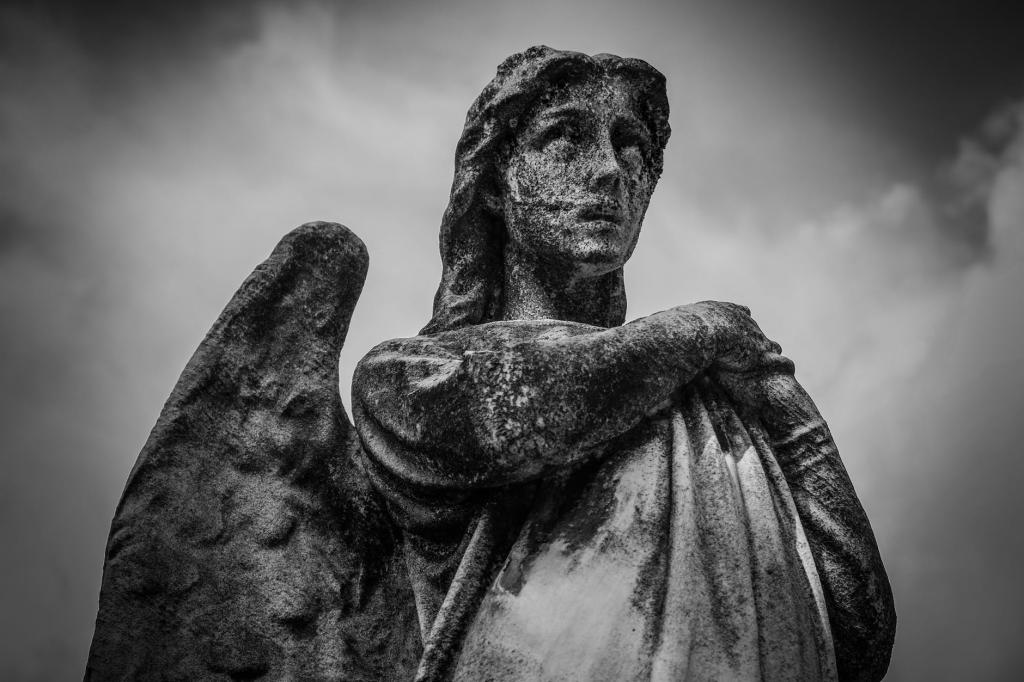
Here we have travelled through the medieval grimoires, the early Christian calendar, the folklore of Europe and the traditions of Britain. Together, taken as a whole, we begin to formulate how these strands relate and feed into our pagan myth and the feast of Lady Day within Traditional Witchcraft. Important to note here is that Christianity is not considered out of bounds to Traditional witchcraft as it is to other modern movements. Indeed, in keeping with the habitus of the modern and pre-modern cunning folk, and an adroit approach to the mysteries proper, it is imperative to evaluate our mythic landscape with an eye on the traditions of the past. In this way, the Old Religion is maintained in its magical and historical context and refers, as it has since the Reformation, to the Roman Catholic faith. Catholicism, particularly in its older forms and folk customs, retains a highly magical status throughout the medieval period and upholds these to some extent still within some communities. Appealing to archangels and reciting psalms and gospels formed a part of every cunning man’s toolkit and, being that Christianity fundamentally informs our own worldview, it is useful to keep these in mind. In this way, Lady Day features within the mysteries of Traditional Witchcraft, even as the Christian mysteries do within the African diasporic religions, New World traditions and other cultural adaptations which find a place for the magics derived from the Catholic world and scripture.
Cochrane, R. and Jones, E. J. (2002) The Robert Cochrane Letters: An Insight into Modern Traditional Witchcraft. 1st edn. Edited by M. Howard. Capall Bann Publishing.
Harms, D., Clark, J. R. and Peterson, J. H. (2015) The Book of Oberon: A Sourcebook of Elizabethan Magic. 1st edn. Llewellyn Publications.
Keller, H. E. (2001) My Secret is Mine: Studies on Religion and Eros in the German Middle Ages: Studies on Relgion and Eros in the German Middle Ages (Studies in Spirituality Supplements). 1st edn. Peeters Publishing.
Schipflinger, T. (1998) Sophia-Maria: A Holistic Vision of Creation. Weiser Books.
1Hail, full of Grace, the Lord is with thee.
2As if by perfect synchronicity, Priester Wernher died on December 21st 1195 CE




